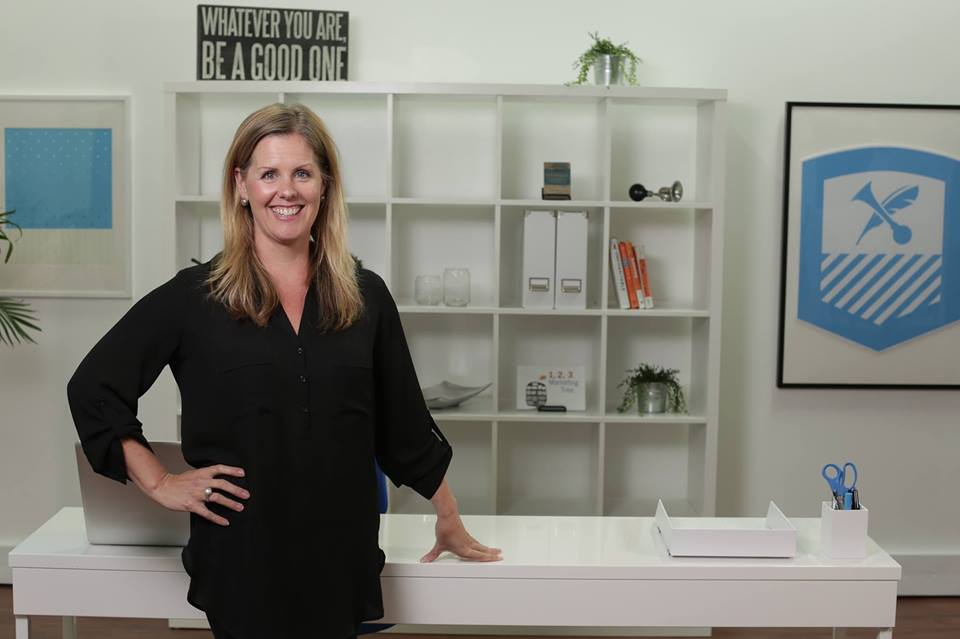 It’s Sumall. That magical, fleeting time when Summer transitions to Fall. Personally, I have a total crush on Sumall–it’s still light out when I wake up, but the vibe is decidedly calmer. BBQs and shorts give way to soups and sweaters.
It’s Sumall. That magical, fleeting time when Summer transitions to Fall. Personally, I have a total crush on Sumall–it’s still light out when I wake up, but the vibe is decidedly calmer. BBQs and shorts give way to soups and sweaters.
Leaves change. Light shifts. Love it.
That shifting of light and leaves doesn’t just mean swapping out your wardrobe, however. It means it’s time to put away your hula hoop and head back to school.
Confession: I have resisted doing webinars. I like seeing people learn. Watching someone’s face light up when they “get it”. But one of the things that is extremely, very, exceptionally important to me is that everyone who is on a mission to make the world a better place has access to info to help them do their job as efficiently and effectively as possible. And that means eeking out everything the internet has to offer when it comes to on-line learning and doing. That’s why we created the Wordifier. That’s why we launched Claxon University. And that’s why I had to get over my aversion to doing webinars.
And I’m really glad I did. Because in August, we offered our very first webinar. And, well, wow. 500+ people signed up. We covered a ton of tips and tricks about putting your words on a mission. And we had a good time, despite a few vexing tech glitches. (If you missed it, you can listen here.)
We had so much fun and got so much great feedback that guess what? We’re going to offer another webinar. This one will be about…drum roll please…
The Secret(s) to Successful Year-end Appeals
October 12 from 1-2 Pacific
Like the Wordifier, and Claxon U, you’ll be able to access this webinar wherever you are. And whenever you want. Will it be more fun to join the webinar live? Well, of course, silly. You get to make comments, and ask questions, and get answers. On the spot. But we all know you’re busy, so sometimes joining live won’t be possible. No problem whatsoever. The webinar will all be recorded. Ready and waiting for you to watch whenever it works for you. (See a theme here…?)
If this one goes well, we might just add webinars to our regular docket of offerings. We have lots of ideas for webinar topics: How to Write Killer Calls-to-Action, Gratitude as an Engagement Strategy, How to Test Your Messaging with a Shoestring Budget.
I’m curious: what webinar topics would you like me to see Claxon offer? Let me know in the comments.
You’ll be seeing more from me and the team about this webinar, but if I were you (because, yeah I admit it, I’m a planner), I’d sign up and get it on your calendar right this very minute. It’ll up the odds you can join me live. #Funsies
Happy Fall!
 P.S. Curious about the bobby sock reference? Sign up for the webinar and I’ll tell you what that’s all about. It has to do with one of my favorite back-to-school outfits and a secret snatched from neuroscience that you’ll be able to use to great effect in your year-end appeal. Oh the suspense!
P.S. Curious about the bobby sock reference? Sign up for the webinar and I’ll tell you what that’s all about. It has to do with one of my favorite back-to-school outfits and a secret snatched from neuroscience that you’ll be able to use to great effect in your year-end appeal. Oh the suspense!
Post Readability Stats: Reading Ease: 77.3, Grade Level: 5.2

 Claxon University is hosting our first-ever FREE webinar on August 24 at 1pm PST. Will you join me? I’d love that.
Claxon University is hosting our first-ever FREE webinar on August 24 at 1pm PST. Will you join me? I’d love that.








